Capital Reawakens: How Global Investors Are Quietly Rebuilding China Exposure
本文包含AI辅助创作内容
As the tide of global capital begins to shift, international investors are rediscovering value in China's evolving market. From public equity reallocation to fresh direct investment into high-tech sectors, recent trends point to a recalibration—not a retreat—of global financial engagement with the world's second-largest economy.
In a landscape shaped by valuation repricing, sectoral transformation, and measured policy support, institutional confidence is gradually returning, albeit with greater selectivity and strategic depth.
Growth Signals Steady, Policy Anchors Hold
The official manufacturing PMI rose slightly to 49.7 in June from 49.5 the previous month. More importantly, PMIs in equipment (51.4), high-tech (50.9), and consumer goods (50.4) have stayed above 50 for two consecutive months—suggesting early signs of stabilization in key real-economy segments.
Economists expect China to reach its 5% growth target for 2025, buoyed by moderately expansionary fiscal and monetary policies. Zhang Xiaoyan of Tsinghua University's PBC School of Finance noted that leadership focus on domestic stability and external balance could reinforce both domestic and foreign investor confidence.
Foreign Allocations Rise as Valuation Floor Emerges
After years of risk-averse positioning, global funds are cautiously lifting their China allocations. According to Goldman Sachs, active global equity funds raised their China exposure from 5% in late 2024 to 6.4% by April 2025. The bank maintains an “overweight” stance on China, citing improved corporate profitability, currency stability, and long-term thematic opportunity.
Franklin Templeton has reportedly resumed investments in Chinese equities after a multi-year hiatus, managing approximately $2 billion in recent flows. Their strategy reflects a view that trade tensions have peaked and that China's commitment to supporting technology-driven sectors has become clearer.
Technology and AI Reshape Long-Term Capital Strategies
Artificial intelligence is emerging as a central pillar of China's investability narrative. Goldman Sachs projects that AI adoption could raise corporate earnings by 2.5% annually over the next decade, unlocking an estimated $200 billion in fresh equity inflows and potentially driving stock prices 15% to 20% higher.
Fang Dongming, Head of China Global Markets at UBS, stated: “Wherever there is profit and innovation—whether in AI, green energy, or healthcare—capital will follow. For foreign investors, the China story is increasingly about forward-looking growth.”
Direct Investment Focuses on Depth, Not Volume
Beyond capital markets, structural FDI into China's high-tech and advanced services sectors remains resilient. Ministry of Commerce data show that FDI into high-tech industries reached RMB 109.04 billion ($15.2 billion) from January to May 2025. Year-on-year increases include 146% in e-commerce services, 74.9% in aerospace equipment, and 59.2% in pharmaceutical manufacturing.
Investment from the UK, South Korea, and Germany rose by 60.9%, 10.3%, and 7.1%, respectively. Analysts note that this momentum stems not from macro sentiment alone, but from localized innovation, access to large-scale production capabilities, and a growing focus on R&D integration.
Multinationals Deepen Local Ecosystems
Global firms are adapting their strategies in China—from export-driven models to embedded innovation ecosystems. Schneider Electric, for example, is leveraging its AI labs in China to support low-carbon transitions in infrastructure, data centers, and industrial automation.
“New quality productive forces are driving China's transition toward digital and green productivity,” said Yin Zheng, EVP for China and East Asia at Schneider. “This opens broader possibilities for global firms to co-innovate and scale with local partners.”
Cummins, the U.S.-based engine manufacturer, is also preparing to roll out next-generation e-drive systems and power electronics tailored for Chinese and regional mobility markets.
Financial Markets Reflect Cautious Optimism
The Shanghai Composite Index is up 5.6% year-to-date, the CSI 300 has risen over 3%, and the Hang Seng Index in Hong Kong has gained more than 23%—the second-best performance globally after South Korea's KOSPI. These gains, while not euphoric, suggest a repricing of risk rather than indiscriminate inflows.
Nomura Orient International forecasts that Chinese equities may outperform global peers in the second half of 2025, citing favorable liquidity conditions, rising institutional allocations, and growing interest in Asia-Pacific as the U.S. dollar softens.
What Global Finance Professionals Should Watch
For bankers, asset managers, and corporate strategists, the implications of China's capital market recalibration are material:
Selective Reentry Is Underway– Active managers are regaining confidence, particularly in undervalued sectors with policy alignment.
Structural FDI Is Rising in Strategic Industries– High-tech manufacturing and e-services are attracting consistent inflows.
AI and Advanced Manufacturing Present Scalable Opportunities– Long-term capital is being reallocated to future growth engines.
Policy Guidance Remains Pragmatic, Not Interventionist– Investors value predictability, and China is aiming for balance.
In sum, the narrative is evolving: China is no longer seen merely as a source of cyclical exposure, but increasingly as a platform for structural growth and innovation. For global capital, it's not about betting on momentum—it's about positioning for transformation.











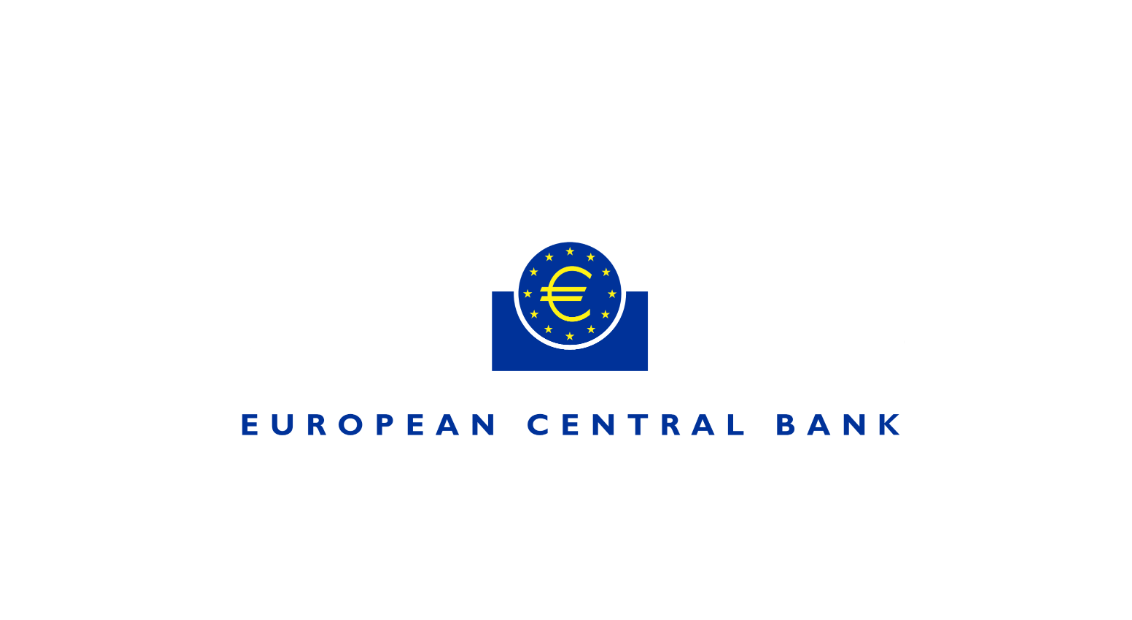

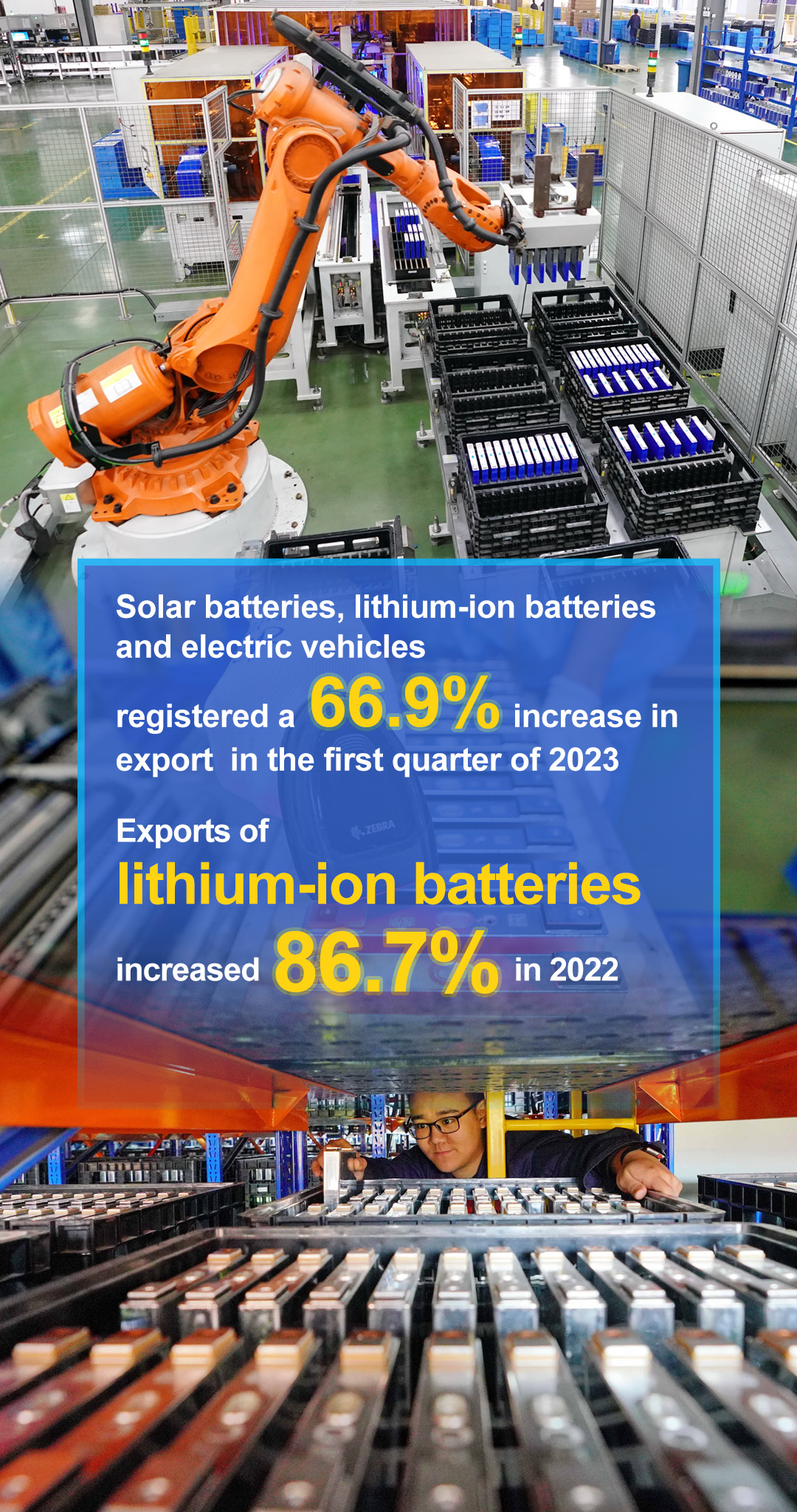
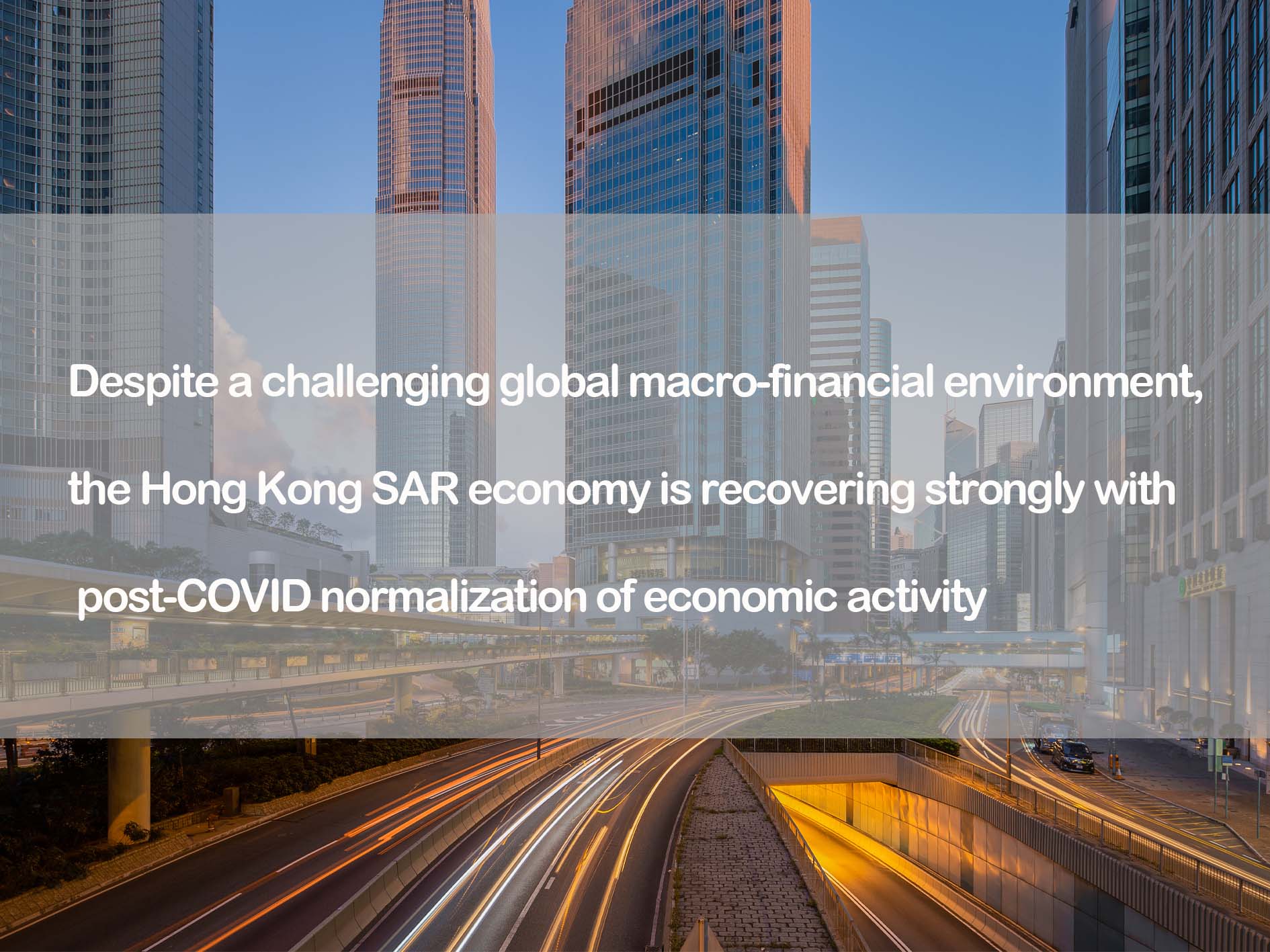



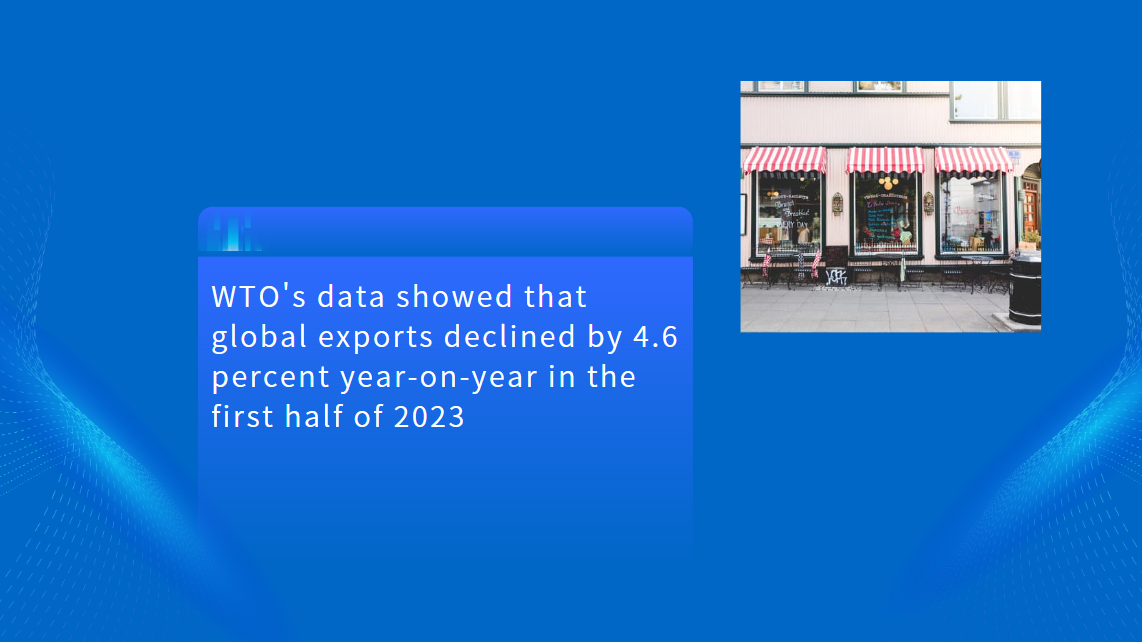
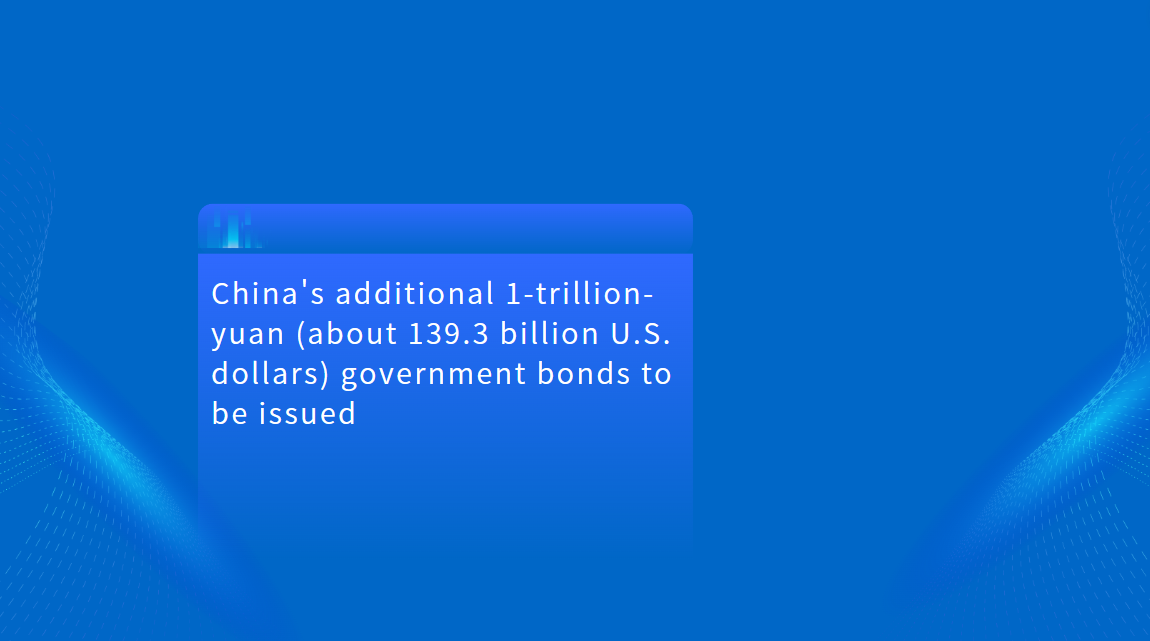


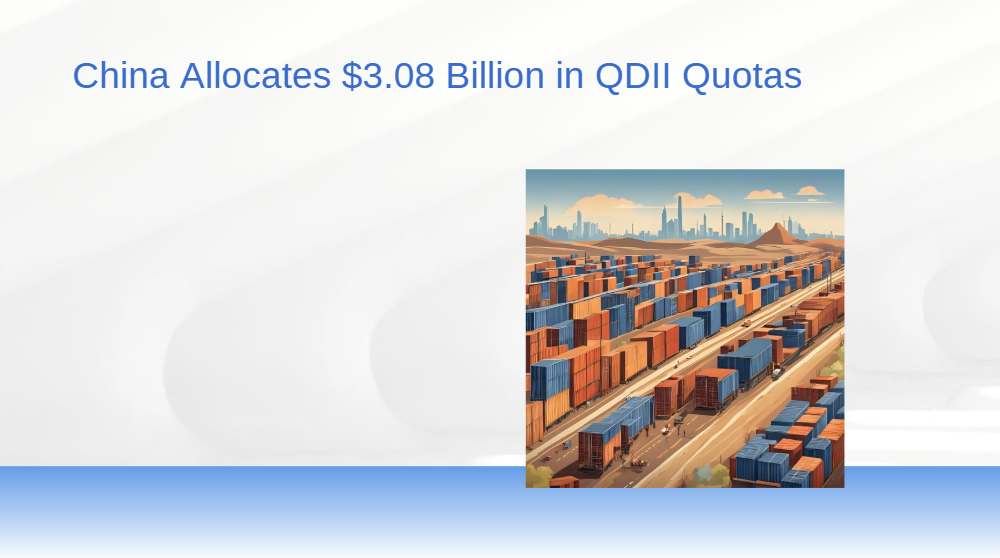
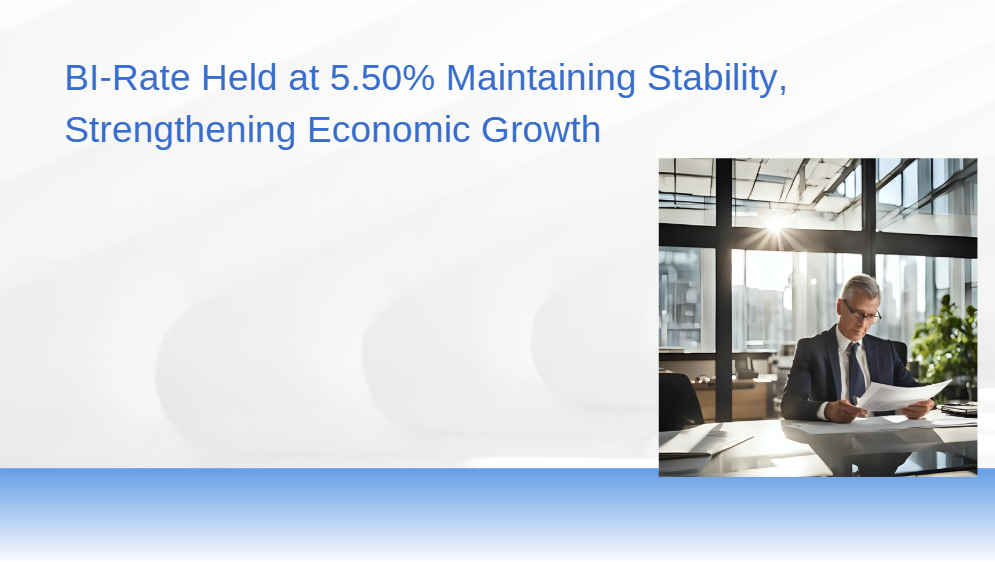





























First, please LoginComment After ~